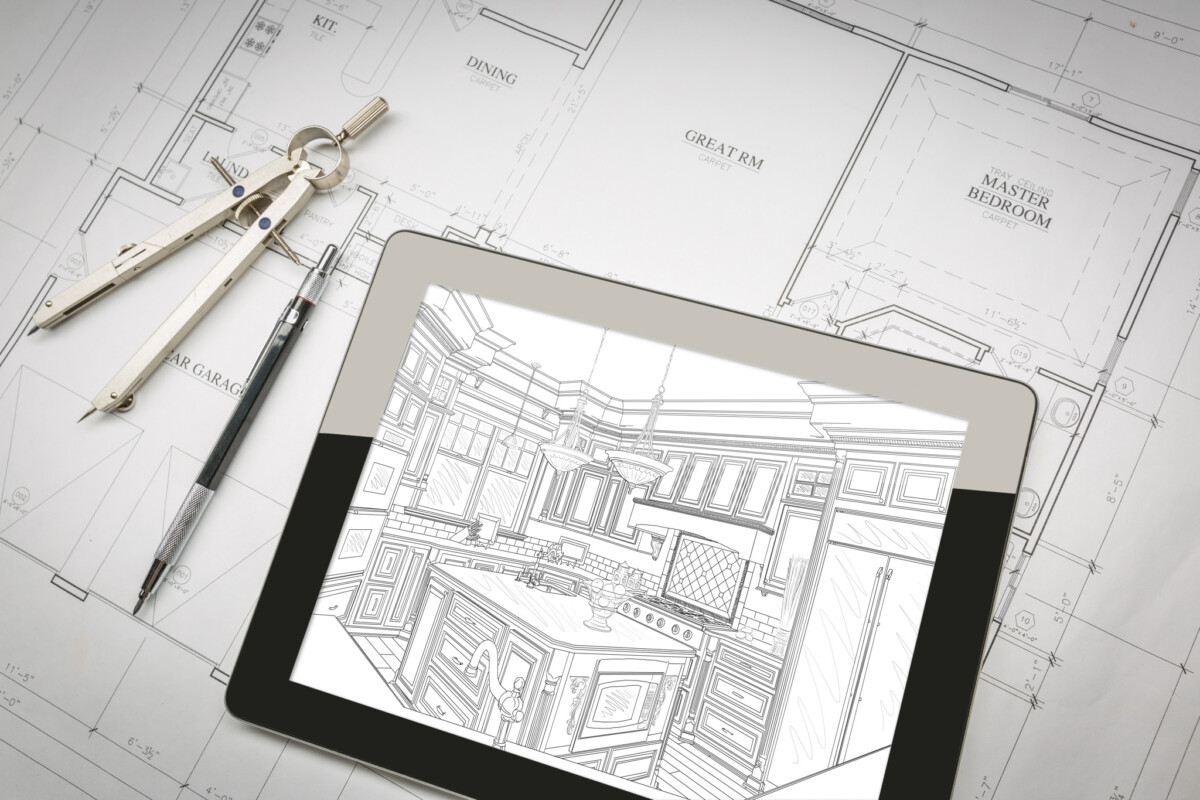In the dynamic world of real estate, understanding local market statistics is essential for buyers, sellers, investors, and even renters. These statistics offer valuable insights into pricing trends, demand, inventory, and the overall health of a housing market. Whether you’re looking to purchase your first home, sell a property, or make a wise investment, interpreting local real estate data gives you the upper hand in making informed decisions.
This article breaks down the key metrics, where to find them, and how to use them to your advantage.
Why Local Market Stats Matter
Real estate is hyper-local. While national and state trends are useful for broad analysis, they can often paint an inaccurate picture of what’s happening in a specific city, neighborhood, or even zip code. For instance, a booming market in one metro area might coincide with a slowdown in another. That’s why understanding statistics on a local level is so important.
Whether you’re working with a real estate agent or doing independent research, knowing how to interpret the numbers helps you:
- Avoid overpaying or underselling
- Spot opportunities before others
- Time your transaction more effectively
- Understand competitive pressures
- Gauge market risk and return
Key Local Market Statistics to Track
Here are some of the most critical housing statistics you should know and understand when analyzing a local real estate market.
1. Median Sale Price
The median sale price is the middle point of all home sales, where half the homes sold for more and half for less. It’s a more accurate reflection than the average price, which can be skewed by a few luxury or distressed properties.
Use it to:
- Understand affordability in the area
- Compare neighborhoods
- Track price trends over time
2. Price Per Square Foot
This stat breaks down the cost relative to the size of the property. It allows for apples-to-apples comparisons between homes of different sizes.
Use it to:
- Determine relative value
- Compare recent sales to asking prices
- Spot overvalued or undervalued listings
3. Inventory Levels (Months of Supply)
Inventory is usually measured in “months of supply,” indicating how long it would take to sell all homes on the market at the current sales pace. A balanced market is around 5-6 months of inventory.
- Less than 4 months: Seller’s market (high demand, low supply)
- 6+ months: Buyer’s market (more supply than demand)
Use it to:
- Understand market pressure
- Predict negotiation leverage
4. Days on Market (DOM)
This stat measures the average number of days a home remains on the market before it goes under contract.
- A declining DOM signals a hot market.
- An increasing DOM may indicate weakening demand or overpriced homes.
Use it to:
- Gauge buyer interest
- Spot stale listings or hidden bargains
5. List-to-Sale Price Ratio
This ratio compares the final sale price to the original list price. A ratio close to 100% suggests strong demand. If homes are consistently selling above asking price, that means buyers are competing.
Use it to:
- Assess competition
- Guide your offer or listing strategy
6. New Listings vs. Sold Listings
Tracking how many homes are entering and leaving the market provides insight into supply and demand. If new listings outpace sold listings, the market may be cooling off.
Use it to:
- Anticipate price trends
- Spot shifts in momentum
7. Pending Sales
These are homes under contract but not yet closed. An increase in pending sales often leads to a future spike in closed sales and rising prices.
Use it to:
- Forecast short-term market direction
- Understand buyer urgency
How to Access Local Real Estate Statistics
There are several reliable sources to find accurate and up-to-date local housing data:
• MLS (Multiple Listing Service)
Your local MLS is the gold standard for real estate data. Agents have full access, but some platforms offer public dashboards with trends and reports.
• Realtor.com, Zillow, Redfin
These websites provide localized market data, charts, and heatmaps. Redfin, in particular, shares detailed metrics on price per square foot, median DOM, and sale-to-list ratio.
• Local Government or Housing Authority
Municipalities often track housing permits, zoning changes, and tax assessments, which can offer clues about future housing supply or gentrification.
• Your Real Estate Agent
An experienced local agent will have deep knowledge of market stats and historical data to help you interpret the numbers and apply them strategically.
Applying the Data: Tips for Buyers and Sellers
For Buyers
- Look for neighborhoods where DOM is dropping but prices haven’t yet spiked.
- Use price per square foot comparisons to identify value.
- If inventory is tight, be prepared to act quickly and bid competitively.
- When DOM rises and inventory builds, consider negotiating more aggressively.
For Sellers
- Set realistic asking prices based on recent comps, DOM, and list-to-sale ratios.
- If homes in your area are selling quickly, you may be able to attract multiple offers.
- Watch trends in inventory — if new listings rise fast, it might be time to sell before competition increases.
- Be mindful of the season. Market activity usually peaks in spring and slows in winter.
Spotting Market Trends and Shifts
Understanding change over time is just as important as understanding a snapshot in time. Track how the metrics evolve month-over-month or year-over-year.
Example Signals to Watch:
- Rising DOM + increasing inventory = potential market slowdown
- Dropping DOM + rising sale-to-list ratio = competitive seller’s market
- Flat price trends + rising pending sales = market about to heat up
By consistently monitoring these trends, you can anticipate shifts before they become headline news.
Final Thoughts
Real estate decisions are too important to be left to guesswork. Understanding local market statistics empowers you to act with confidence and clarity. Whether you’re buying your dream home, selling for top dollar, or just staying informed, the numbers tell a story — and learning to read that story is a skill that pays off.
Start tracking these metrics in your neighborhood today. Even spending 10 minutes a week reviewing key stats can sharpen your sense of timing, value, and opportunity in the housing market.
Thank you for reading! If you enjoyed this article and want to explore more content on similar topics, check out our other blogs at Sonic Loans, Sonic Realty, and Sonic Title. We have a wealth of information designed to help you navigate the world of real estate and finance. Happy reading!
Are you looking for the right loan? Check out Sonic Loans for tailored mortgage solutions that make home financing simple and efficient.
Remote Online Notarization in Livonia (RON Laws Explained)
First-Time Buyer Loan Programs in Allen Park: A Complete Guide
2025 Real Estate Market Forecast for Dearborn, Michigan
Understanding Local Market Statistics for Homes
Best Mortgage Calculator & Mortgage Loan Calculator: A Complete Guide
Local Development Projects Impact on Property Values
Best Family-Friendly Neighborhoods in Michigan
What is the Best Site for Home Search?
Construction Dos and Don’ts in Real Estate Acquisitions: A Guide for Investors













